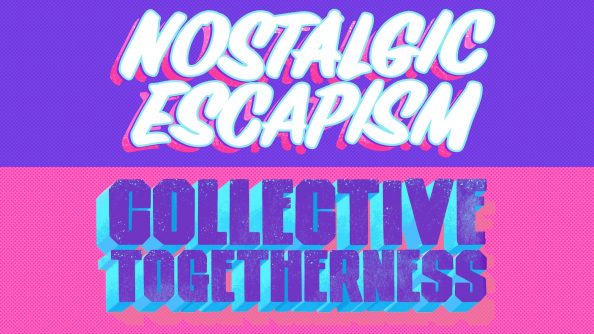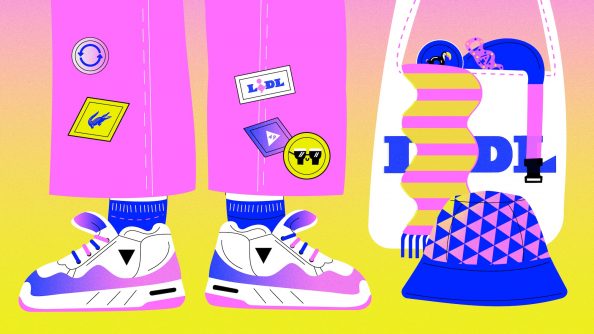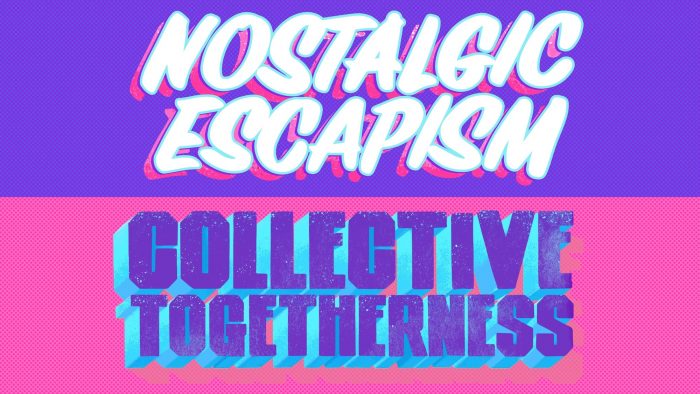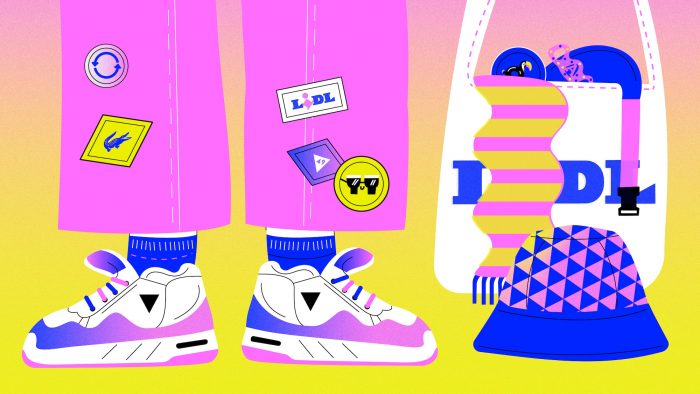Give consumers what they want and they’ll be happy, right? The only issue is that consumers don’t always know what they want—and a lot of marketers aren’t asking the types of questions that uncover those desires. That’s why approaching consumers and their needs through a lens of empathy is so important.
The power of empathy through curiosity allows marketers to develop a deeper understanding of and connection to their consumers. This level of understanding is the key to gaining customer loyalty, creating more meaningful insights that make you stand out among your competitors, and leveraging opportunity for more innovative thinking within your brand.
Sometimes the “Wrong” Questions Are the Most Powerful Ones
Asking powerful questions of your audience means speaking to them in a more meaningful and empathic way. This means not just asking the right questions, but also shedding your expectations and being open to what your audience is saying. That’s the way to open up new dialogue and new avenues for exploration.
If you’re going into the conversation with your own preconceptions, you wind up trying to fit what they’re saying into your existing brand and what you’re already doing with it. You’re not empathizing. True openness allows you to invest your brand into where the opportunity lies ahead.
Asking powerful questions does not necessarily mean asking the right question at the right time, every time. Sometimes, asking the “wrong” question yields insights that benefit brands the most.
In January of 2020, I published this post to LinkedIn detailing my experience with a workshop called Empathy & Experience by Odyssey Works. After 20 minutes of asking our workshop partners—all of whom were complete strangers—random, obscure questions, we went off and devised a 20-minute experience for our partner in the exercise. We knew only what their responses to those questions told us.
This process was surprisingly profound, and I found myself moved upon reading the experience that my workshop partner had prepared for me. Why?
Because I felt heard.
I realized that asking powerful questions, unexpected questions, and even wrong questions can lead you down much richer, empathic avenues to explore with your brand.
Follow Mrs. Meyer’s Example
Consider the difference between these two questions:
- What time do you do your laundry?
- What’s your favorite time of day?
Now consider some potential answers to these questions.
- I do my laundry when the kids go to bed.
- My favorite time of the day is the morning, before the kids get up. I get to plan for the day, but also do things for myself like read the news, exercise, or write an old friend.
Which answer would you rather work with if you were marketing laundry detergent to your audience?
Mrs. Meyer’s is a great example of breaking from category norms to create an iconic brand. While competing brands were fighting to communicate the idea of “fresh” and “clean” over one another, Mrs. Meyer’s introduced a brand that resonated strongly with people wanting to elevate household chores to something that could and rightly should be celebrated and honored. They spoke to women who say, “I’m proud of being a homemaker.”
Or, as they put it on their website: “Because cleaning ought to inspire, energize and put a smile on our faces.”
That’s a much more powerful sentiment than “fresh and clean,” isn’t it? Understanding insights the way that Mrs. Meyer’s did and truly empathizing with your audience gives you a very interesting creative springboard to work with.
How McDonald’s Solved Their Shake Situation Through Empathy
McDonald’s understands the importance of the moments that people share when they’re actually at a McDonald’s—or eating it in their cars. When they wanted to increase their shake sales, they went directly to consumers and asked what they wanted. Consumers gave a lot of guidance, and McDonald’s followed it. And you know what happened?
Nothing, really.
The answers that consumers gave McDonald’s regarding flavors, colors, and viscosity didn’t speak to what they really wanted, and sales reflected this. Again, that’s because consumers don’t always know what they want. So McDonald’s took a more empathic approach.
McDonald’s put a research team directly in the store to see how customers actually behaved, rather than asking what they wanted again. Their discoveries were surprising. Half of all shakes sold were purchased for the morning commute. The buyer was usually flying solo, and wouldn’t purchase anything else. These shakes were being bought as car-friendly, convenient breakfasts. Not what you’d think of when you think of a McDonald’s shake, right? That’s supposed to be dessert, isn’t it?
And that’s the point. McDonald’s didn’t move the needle when they implemented consumer feedback, because they failed to ask their customers the right question. They didn’t need to know what their customers wanted from shakes. They needed to know why they buy them to begin with. They found their solution through empathizing with that need, not the desire. Customers didn’t want better flavors. They needed better options for their commute.
McDonald’s followed through on this empathic approach, marketing toward the morning commuter, making shakes thicker so they’d melt slower, adding fruit chunks into the mx, and even moving the location of the shake machines themselves. The result was a huge increase in shake sales—all because McDonald’s followed its curiosity to find out how their products fit into their consumers’ days.
The Tiffany & Co. Blue-Box Experience—and Where They Find Brand Insights
Consumers don’t buy Tiffany & Co. products because they’re the only outlet for diamonds. They certainly don’t buy Tiffany & Co. diamonds because they can’t find them cheaper elsewhere. It’s the extension of the brand, and the history that’s baked into that iconic blue box, that really sets this experience apart. It’s not like everyone knows you’re wearing a Tiffany piece, right? But you still feel that excitement when it’s around your neck.
That’s why, when Jami Blake, Director, Voice of Customer at Tiffany & Co. asks her audience “What do people think and feel when they hear the brand Tiffany & Co.?,” it’s only a matter of seconds before an audience member shouts “Blue Box!”
Any company can package their product in a robin’s egg blue box. Very few can imbue as much meaning into that color and that box as Tiffany & Co. has done. And that’s not a fluke.
Tiffany & Co. has different channels for voice of customer surveys and feedback, including their contact center, retail stores, and Tiffany.com. But Ms. Blake knows from her experience in contact centers there is a lot that isn’t captured in solicited data. You learn more important details just by listening and doing quality monitoring.
The surveys and solicited data are important—but you also need to consider unsolicited data such as speech analytics, letters written to company executives, social media mentions, and voice of employee stories. Tiffany & Co.’s sales staff speaks directly to hundreds and thousands of customers a year, and they know more about their customers than anyone.
Unstructured data allows Tiffany & Co. to empathize directly with customer expectations, desires, and needs. And that’s made them one of the most iconic brands in the world.
Consider Your Brand’s Touchpoints for Empathy
Today, consumers are more open to an empathetic message than ever. That means that brands need to be brave. Go for the big swings, but make sure you’re asking questions along the way that ensure those big swings are not coming out of left field. Surprise your audience, but in a way that leaves them saying, “Oh, that actually makes sense.”
Ask yourself:
- How do you want your audience to feel when they open your product?
- How can you help consumers self-reward?
- How does your product fit into their daily life?
- How can you create positive moments within their homes that show how much you care — without being creepy, of course. (Think about how left-of-center Samsung’s cathouse concept is!)
Define experiences with genuine empathy to create memorable and impactful moments. Listen closely to your consumers. Ask unexpected questions. And put empathy to work to create impactful moments that set your brand apart.
anna
Sam Wilkes, Creative Director
LINKED IN










